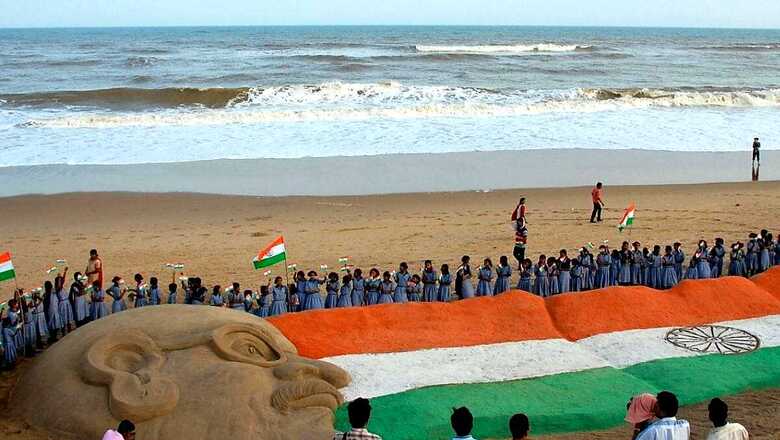
views
Eight Indian beaches have received the ‘coveted’ Blue Flag certification, announced Union Minister for Environment, Forest and Climate Change Prakash Javadekar in a tweet on Sunday.
The Shivrajpur Beach in Dwarka, Gujarat; the Ghoghla Beach in Diu; the Kasarkod and Padubidri beaches in Karnataka; the Kappad Beach in Kerala; the Rushikonda Beach in Andhra Pradesh; the Golden Beach in Odisha and the Radhanagar Beach in Andaman and Nicobar Islands are now ‘Blue Flag’ certified, he added.
Proud moment for India; all 8 beaches recommended by government gets coveted International #Blueflag Certification.@narendramodi pic.twitter.com/j38BTnibl0— Prakash Javadekar (@PrakashJavdekar) October 11, 2020
Javadekar said it was a ‘proud and outstanding moment’ for India as no other Blue Flag country had ever been awarded the certification for eight beaches in a single attempt. But what is the Blue Flag certification, and what is it awarded for? News18 explains.
8 of India’s serene beaches get the prestigious Blue Flag Certification. This showcases the importance India attaches to protecting such spots and furthering sustainable development.Truly a wonderful feat! https://t.co/dy02H7AyaD
— Narendra Modi (@narendramodi) October 11, 2020
What is the Blue Flag Certification?
Given by the non-governmental organisation (NGO) the Foundation for Environmental Education, the Blue Flag is a well-recognised voluntary eco-label given to a beach, marina, or sustainable boating tourism operator which meets its standards. It is headquartered in Copenhagen, Denmark.
A beach has to meet 33 criteria including environmental, educational, safety, and accessibility criteria fixed by the FEE to get the tag.
A Blue Flag beach, marina or boating operator is not only a place to give a sense of pride to the community and to attract tourism, but it also promotes environmental issues and awareness, the website of the eco-label reads.
The tag is sought as an indication of high environmental standards. Eight beaches of India were last month recommended for the prestigious award. India was also awarded the 3rd Prize by the jury under “International Best Practices” for pollution control in coastal regions.
What are the Criteria for Certification?
To criteria are slightly different for a beach, marina and sustainable boating tourism operator. The four broad categories are:
◐ Environmental education and information
◐ Water quality
◐ Environmental management
◐ Safety and services
A number of things must be completed under each criteria. For example, to ensure water quality, no industrial or sewage-related discharges should affect the beach area, and the health of coral reefs located in the victinity of the beach must also be ensured, among other things.
Information relating to coastal zone ecosystems and natural, sensitive areas in the coastal zone must be displayed to qualify for the ‘environmental education and information‘ criteria.
To meet the ‘environmental management‘ criteria, facilities for receiving recyclable waste materials must be available on or by the beach and adequate and clean sanitary facilities with controlled sewage disposal should also be available.
Lastly, among the things listed for its ‘safety and services‘ criteria, is the availability of adequate number of lifeguards and/or lifesaving equipment. First aid equipment must also be available on the beach.
More about Foundation for Environmental Education
The Foundation for Environmental Education (FEE) is the world’s largest environmental education organisation, with members in 77 countries. The body runs five programmes – Blue Flag, Eco-Schools, Young Reporters for the Environment (YRE), Learning about Forests (LEAF) and Green Key International.
What Other Countries Have been Certified?
A total of 51 countries have till now received the notification. Spain has the highest number of Blue Flag beaches at 578, followed by Turkey where 436 beaches now hold the eco-label. Italy and France also have over 300 Blue Flag beaches.
Japan, South Korea and the UAE are the only other Asian nations who have been conferred with a couple of Blue Flag beaches, however, in a time frame of about five to six years, a statement by the government read.
India’s Past Actions for Blue Flag
In a notification by Centre in 2019, the Ministry of Environment had identified 13 beaches across India for the eco-label and had announced a list of activities permissible in their areas for that purpose. These were:
◐ Container based toilet blocks, change rooms, shower panels
◐ Mini grey water treatment plant enclosed in temporary structures
◐ Mini solid waste recycling plant enclosed in temporary structures
◐ Off grid solar PV panels
◐ Purified drinking water kiosk
◐ Beach access pathway to bathing zone made of interlinking paver blocks
◐ LED landscape lighting with poles duly grouted
◐ Portable bamboo made seating benches and sit-out umbrellas
◐ Outdoor children play equipment
◐ Container based CCTV control room and First aid station
◐ Watch towers
◐ Beach Information hoarding boards and beach layout map hoarding boards.
Read all the Latest News and Breaking News here











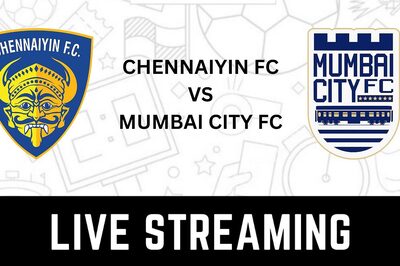

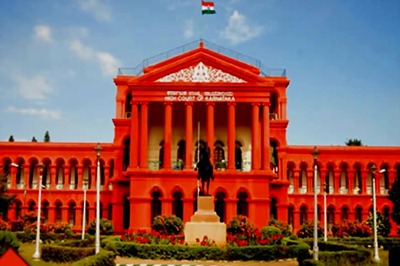
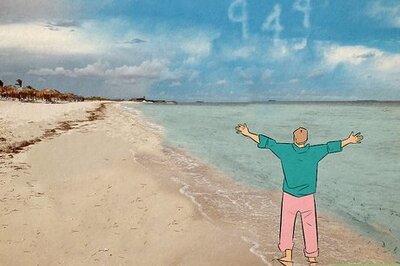
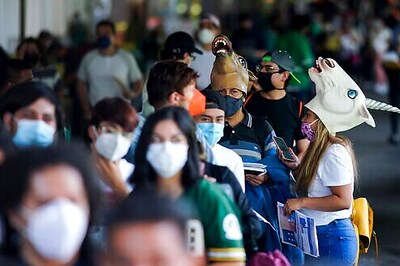
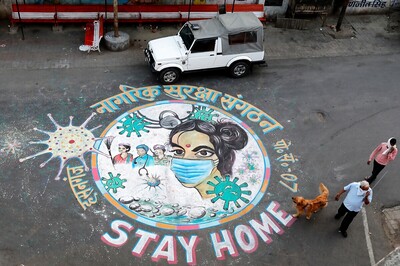

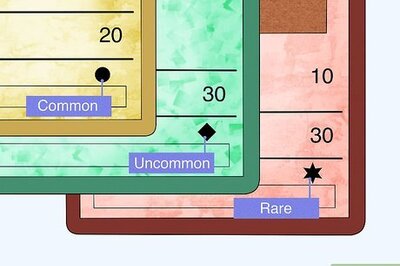
Comments
0 comment